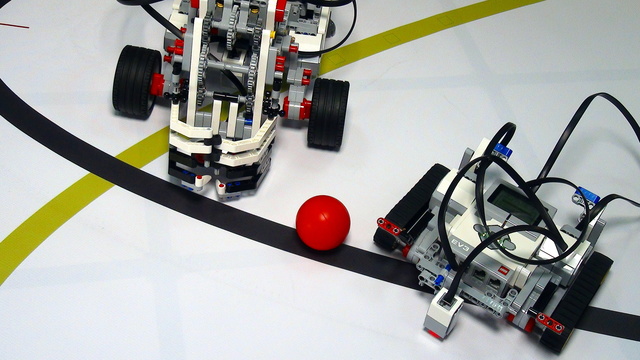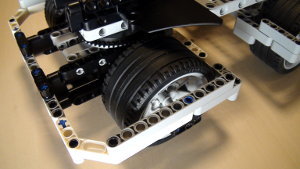
Catapult built from LEGO Mindstorms EV3/NXT (Part 2 - Base)
In this second video lesson on catapults we improve the stability of the base of the robot. An important feature of the new base is that it is not bending. Use the same principle in all of your constructions to achieve better, stronger robots.
- #66
- 04 Jan 2015


























